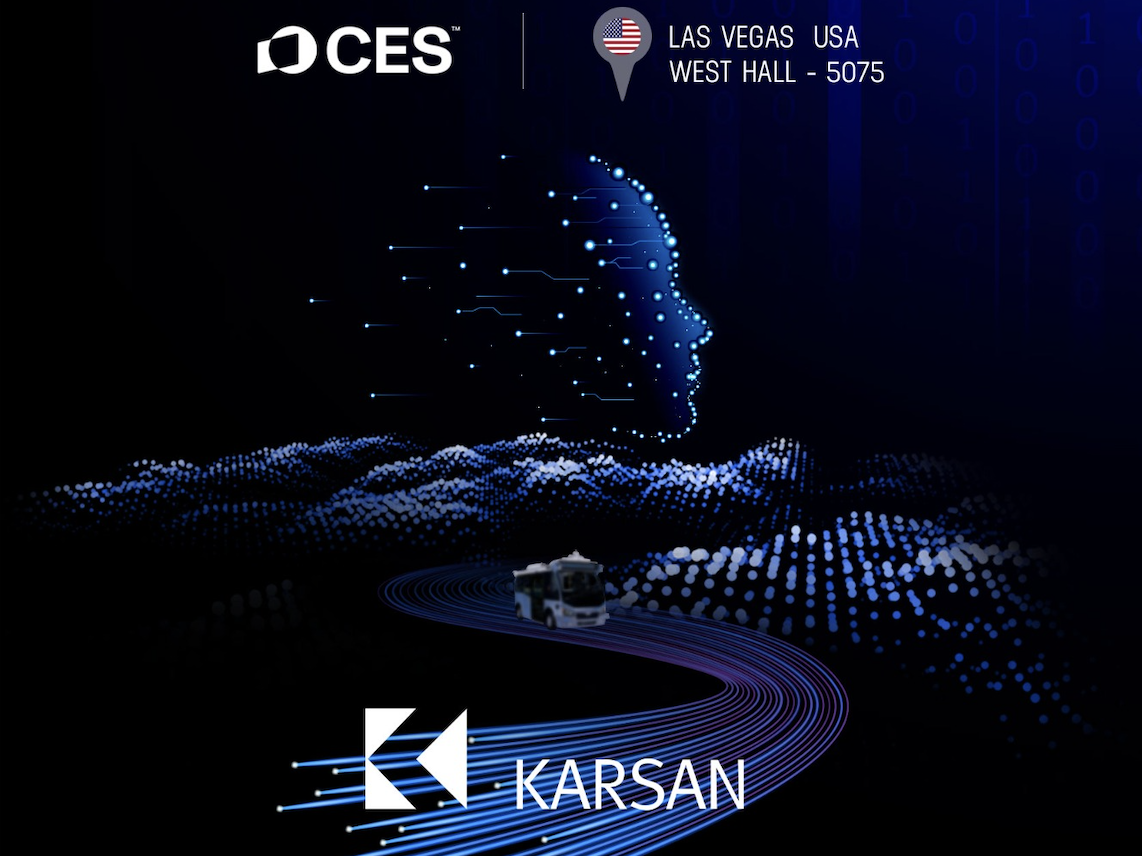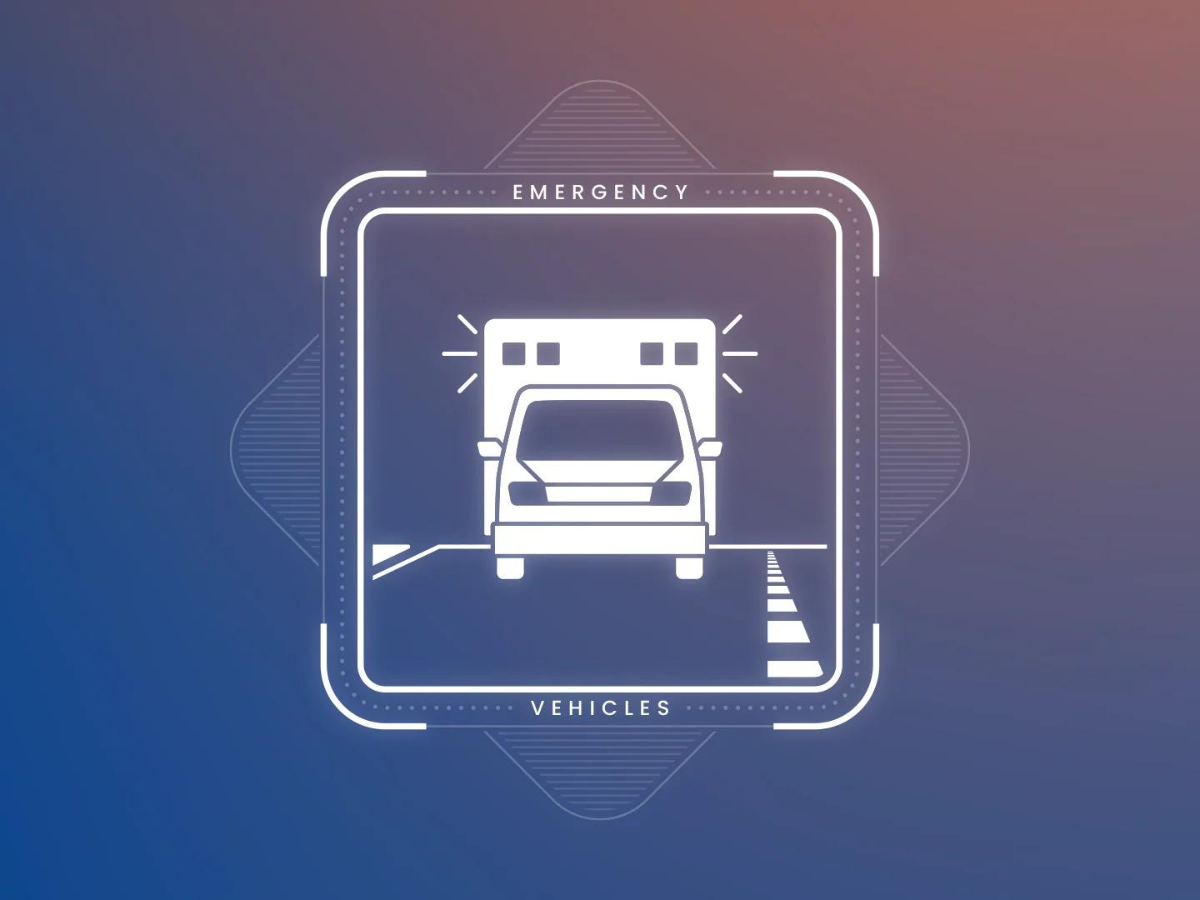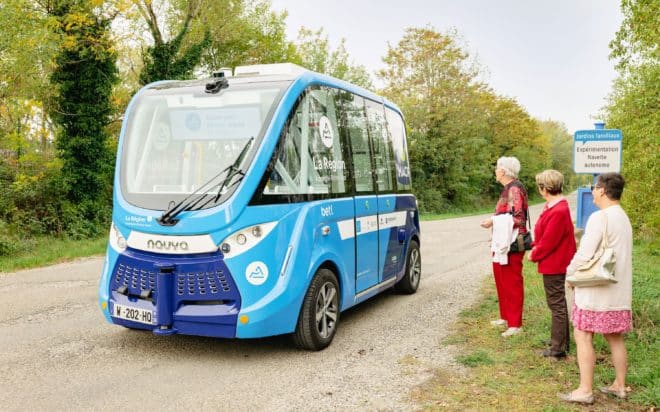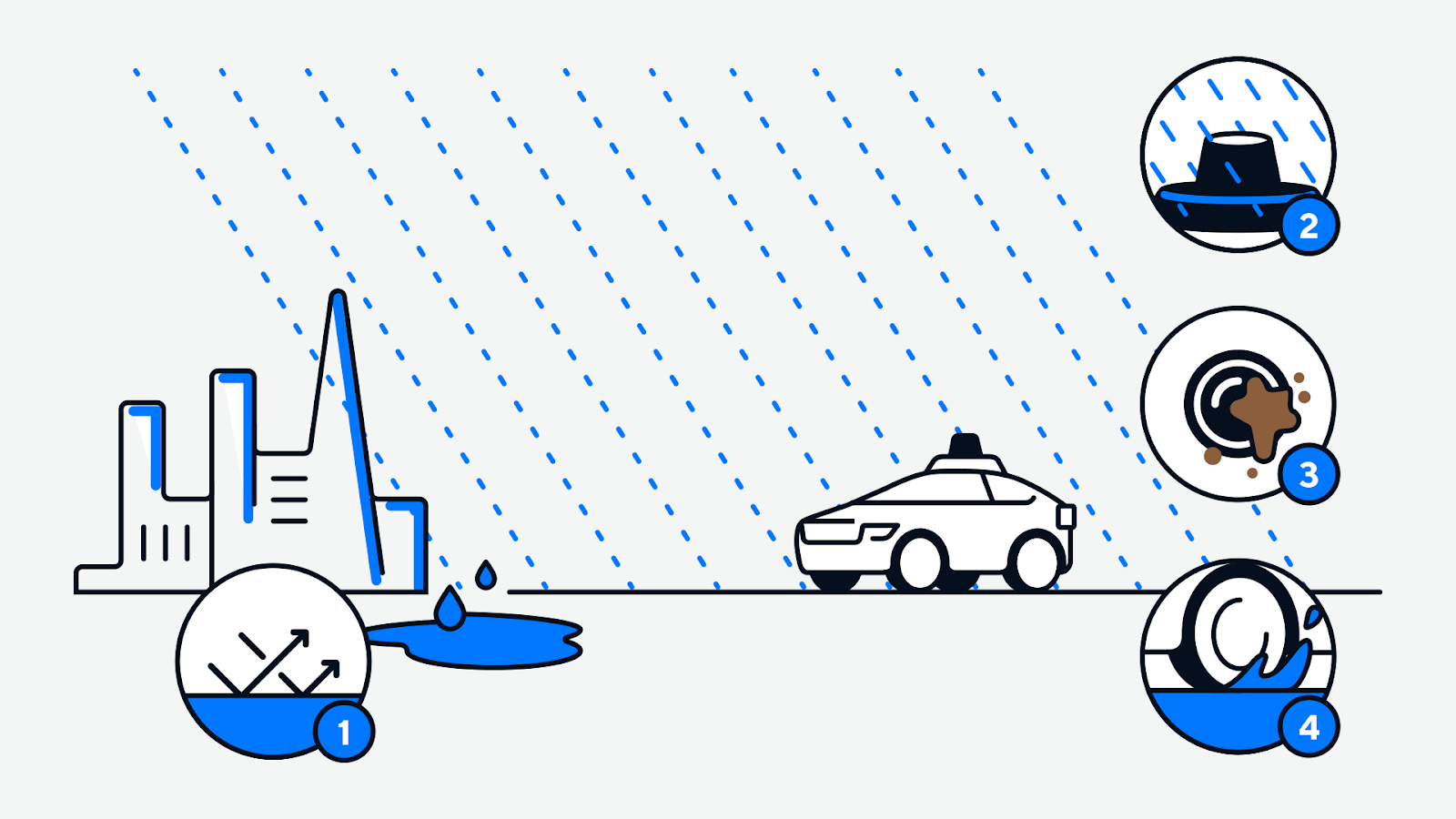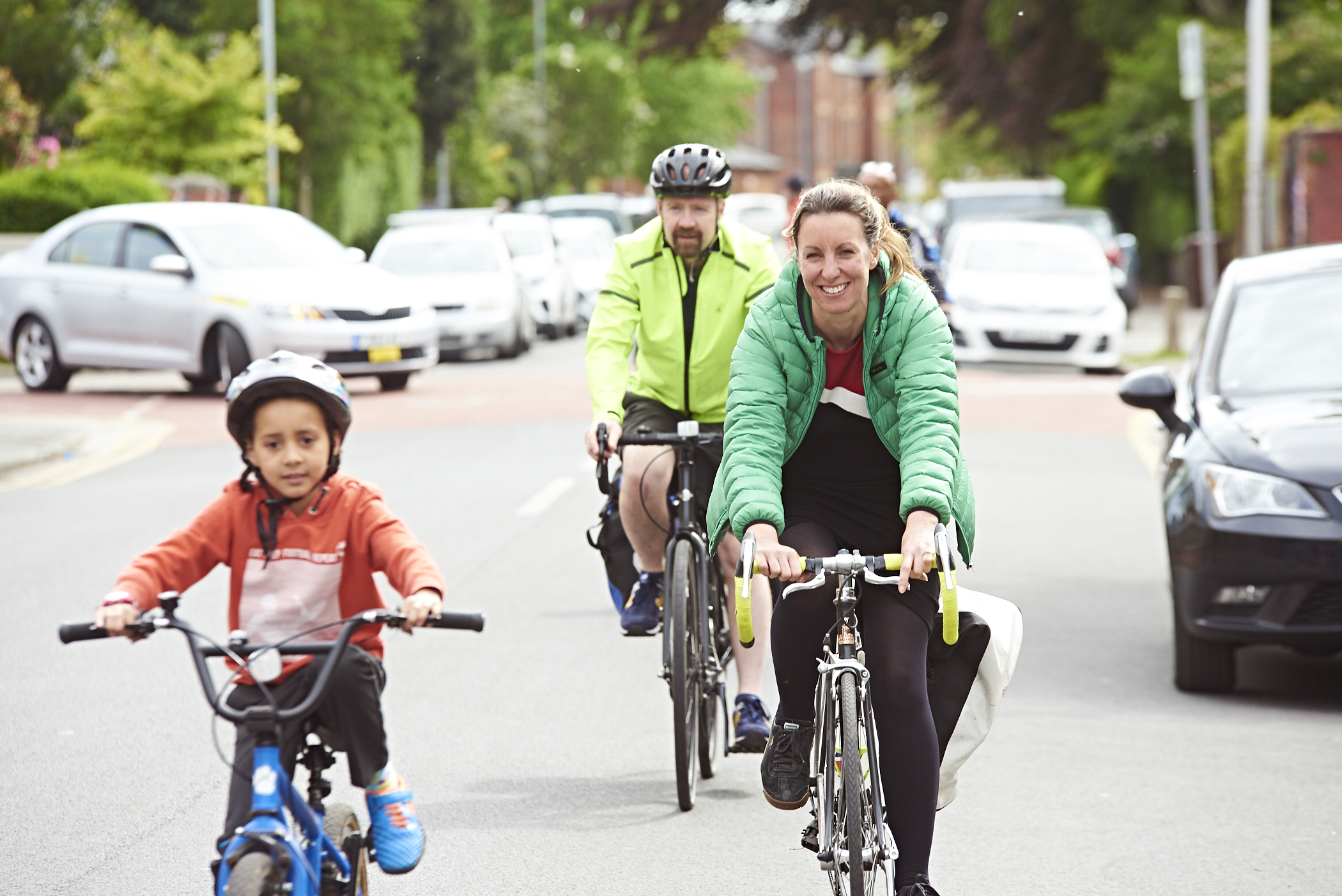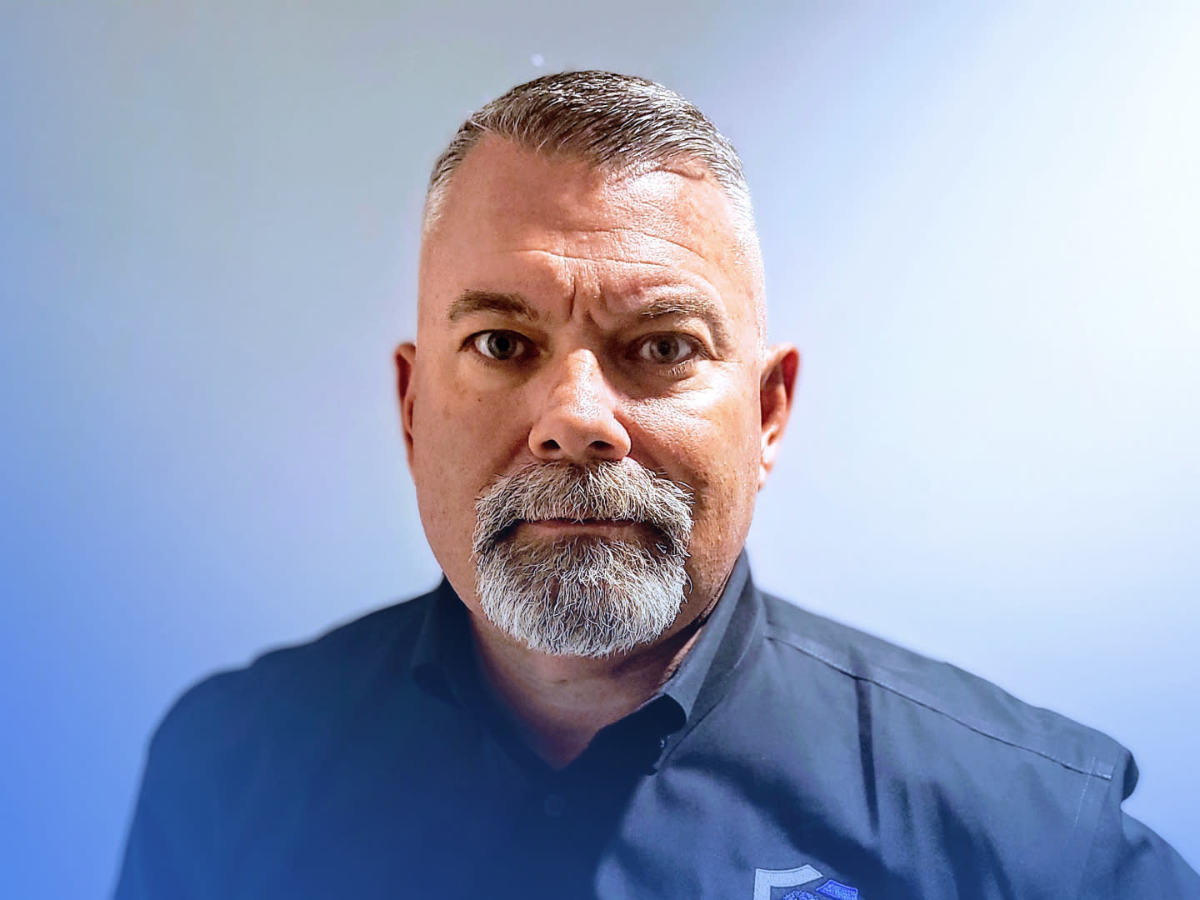Researchers at from WMG at the University of Warwick have presented new technology that allows autonomous cars to merge onto motorways and highways with improved levels of safety.
This technology has been developed using Vehicle-to-Everything (V2X) communications as part of the AutopleX (Autonomous Cars Negotiating Complex Environments Using V2X) project consortium.
It has been supported by 2.6 million GBP in joint funding raised by the Centre for Connected and Autonomous Vehicles (CCAV) and Innovate UK.
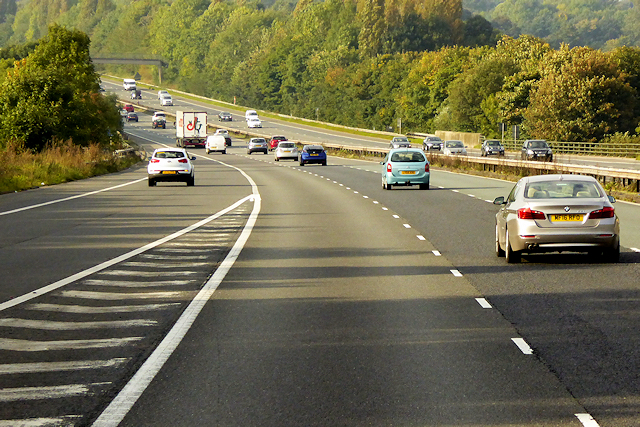
Safely merging from a slip road on to a motorway requires a comprehensive understanding of the speed and trajectory of other vehicles, as well as the environmental and road traffic conditions.
For the autonomous vehicle software to compute these factors better, WMG’s research has found that additional assistance from ‘smart’ roadside infrastructure could provide more information to the onboard system as it travels down the slip road.
Mehrdad Dianati, Head of Intelligent Vehicles Research at WMG, University of Warwick, said:As we see technology progressing closer towards fully autonomous cars, important research like this shows what the future of motoring might look like.
Manoeuvres at high speed, like merging, can be especially difficult for self-driving cars, and this project has proven that these obstacles can be overcome.
Throughout the AutopleX project, WMG has collaborated with Jaguar Land Rover and Yunex Traffic, as well as public bodies such as Transport for West Midlands (TfWM) and National Highways to demonstrate this technology at Junction 15 of the M40.
In this proof-of-concept demonstrator, the test vehicle used information from radars installed on local infrastructure to gain a better understanding of the environment around the car.
This video provides a detailed explanation of how the system works alongside an autonomous vehicle’s existing onboard system.




